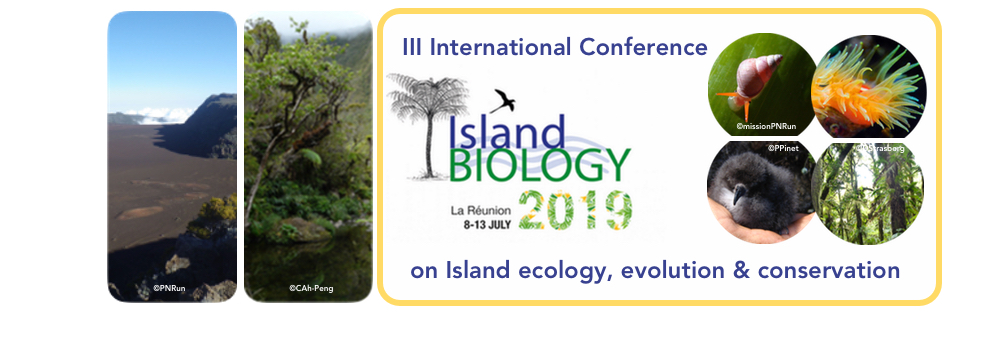In his renowned book “On the origin of species”, Charles Darwin predicted the fantastic co-evolution of the plant-pollinator relationship that would have taken place between Angraecoides orchids and a giant hawkmoth (sphingid) on Madagascar. Since then, the study of pollination biology has been a major theme in the Madagascan region. This is a hotspot of biodiversity composed by the main island of Madagascar and surrounding archipelagoes (Comoros, Seychelles and Mascarene). Biogeographic evidence suggests that most of the Mascarene island colonists have a Madagascan origin, which imposes a 800 km sea barrier to dispersal. Such a filter is reflected by the underrepresentation of animal elements when compared to the source area, with insect pollinators being no exception. One of the main objectives of our research over the last 10 years has been to answer the following question: how did the angrecoids-sphingid relationships evolve after colonization of the Mascarene archipelagoes? The main conclusion is that a great variability has been generated during the evolution of this syndrome under island isolation. In some cases, the pollination system is maintained, but in other cases it is lost in favor of selfing, finality pollinator shift occurs in lineage and gave raise to new pollinator syndromes.

 PDF version
PDF version
